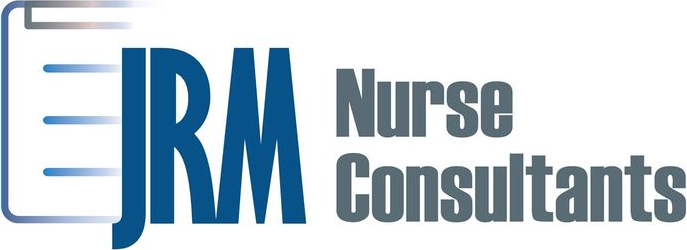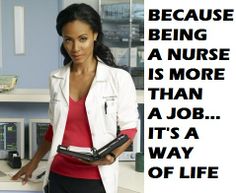Functional medicine and care coordination that help injured workers safely return to work — while supporting providers, employers, and insurers.
Starting JRM Nurse Consultants was born out of a deep commitment to helping injured workers and healthcare providers navigate the often-complex world of workers’ compensation and injury recovery.
As a Doctor of Nursing Practice and Functional Medicine Nurse Consultant, I witnessed firsthand the struggles many injured individuals face—not just with their physical recovery but also with the overwhelming administrative hurdles that come with workers’ compensation claims. Providers, too, often found themselves burdened by paperwork, compliance requirements, and fragmented communication, which could delay care and impact outcomes.
JRM Nurse Consultants was created to fill that gap. We offer a unique blend of clinical expertise and holistic support, focusing on streamlining medical documentation, case management, and care coordination. But what truly sets us apart is our functional medicine approach. We look beyond symptoms and treatment dates, addressing the root causes of chronic pain, inflammation, stress, and other factors that can delay healing.
At JRM Nurse Consultants, our commitment is to compassionate care while fully recognizing the important roles that insurance carriers, employers, and providers play in the workers’ compensation process. We understand that insurers prioritize managing claims efficiently and reducing costs, and we support these goals by helping providers navigate the complex workers’ comp system with clear, accurate documentation and ongoing communication with claims adjusters. Our approach integrates functional medicine to address the root causes of injury, promoting faster, safer return-to-work outcomes that benefit injured workers, employers, and insurers alike. By bridging clinical care with system navigation and collaboration, we ensure everyone’s needs are met — protecting health while supporting cost-effective, compliant claims management.
Our services include timely, accurate medical documentation aligned with state and federal workers’ compensation requirements, ongoing case monitoring, facilitating treatment authorizations, and referral coordination to trusted providers. Additionally, we provide functional medicine coaching that empowers injured workers to actively participate in their recovery through nutrition, stress management, and lifestyle adjustments.
Since launching JRM Nurse Consultants, we have proudly supported hundreds of injured workers and their healthcare teams, helping them achieve better outcomes and smoother return-to-work transitions. Our mission is to transform injury recovery into a more compassionate experience—one that recognizes the whole person, not just the injury.
Ready to Learn More?
If you’re a provider, employer, or adjuster seeking a collaborative approach to injury recovery — or an injured worker navigating a complicated case — we’d love to talk.
📧 Email: rosie@jrmnurseconsultants.com
🌐 Visit: www.jrmnurseconsultants.com
📞 Call: 407-760-1662
Let’s work together to create safer, smoother return-to-work outcomes — with care that truly addresses the whole picture.





